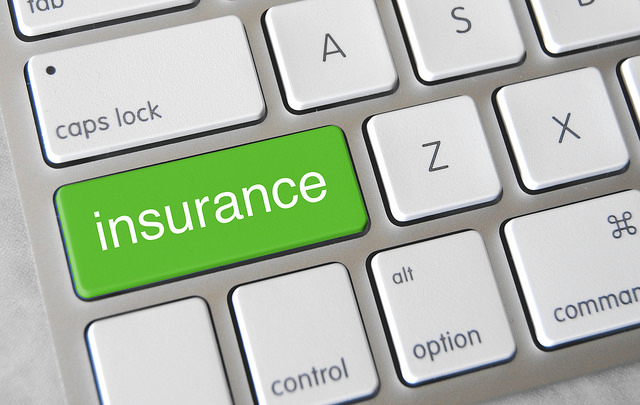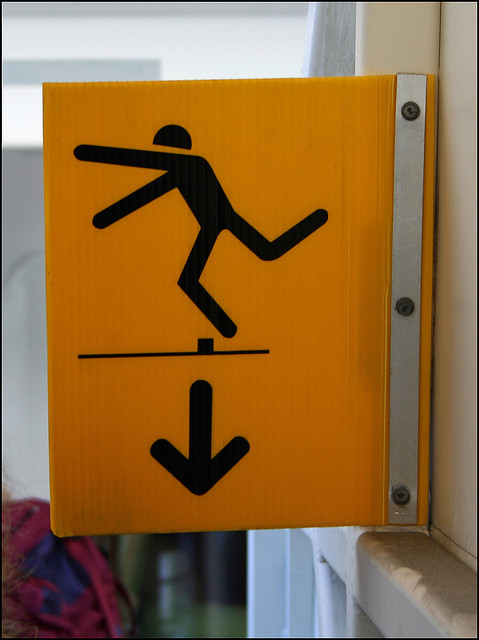Do I have a good personal injury case? The three factors that make a good personal injury case
So you got in a car accident in California and you think the other driver may be at fault. Car accidents happen all the time in Los Angeles. Maybe you had a slip and fall at a supermarket like Vons or at a big box store like Walmart or Costco. You were injured and you think you might have a personal injury claim.
You know you can hire a personal injury lawyer but you believe you can represent yourself and make your own claim against an insurance company for your injuries. After all, a personal injury lawyer will end up taking one third or more of your money if your case is resolved in your favor. Do you really need a lawyer to make a personal injury claim? Of course you don’t. But you might be asking myself, “how do I know if I have a good personal injury case?” Here are the three things you need to have a good case.
PART ONE: FINANCIAL RESPONSIBILITY
 The first thing you need to consider is whether the party who caused the accident has the ability to pay, should you be successful in your case. In car accident cases, this almost always boils down to insurance. Did the other driver have insurance at the time of the accident? If yes, then there will be financial responsibility. If there is no insurance to cover the claim, you can still pursue your case but you need to understand you might be wasting your time. If the driver had no insurance, there is a good chance that driver will have no money or assets to satisfy any judgment you might obtain. What good is a large judgment if the only thing you can do with it is hang it on your wall?
The first thing you need to consider is whether the party who caused the accident has the ability to pay, should you be successful in your case. In car accident cases, this almost always boils down to insurance. Did the other driver have insurance at the time of the accident? If yes, then there will be financial responsibility. If there is no insurance to cover the claim, you can still pursue your case but you need to understand you might be wasting your time. If the driver had no insurance, there is a good chance that driver will have no money or assets to satisfy any judgment you might obtain. What good is a large judgment if the only thing you can do with it is hang it on your wall?
 In California, and especially Los Angeles, uninsured drivers are common. In fact, in 2012, 14.7% of all drivers were uninsured in California. If you are smart, you have your own insurance policy that covers uninsured drivers. This is called uninsured motorist or UM coverage. If you get in an accident with an uninsured driver, this UM coverage steps into the shoes of the other drivers nonexistent insurance and will cover your personal injury claim as if that driver had insurance. Because the accident was not your fault, your insurance rates will not go up even if your insurance pays your claim.
In California, and especially Los Angeles, uninsured drivers are common. In fact, in 2012, 14.7% of all drivers were uninsured in California. If you are smart, you have your own insurance policy that covers uninsured drivers. This is called uninsured motorist or UM coverage. If you get in an accident with an uninsured driver, this UM coverage steps into the shoes of the other drivers nonexistent insurance and will cover your personal injury claim as if that driver had insurance. Because the accident was not your fault, your insurance rates will not go up even if your insurance pays your claim.
The next part of the financial responsibility analysis is to ascertain whether the other driver had enough insurance. If you have serious injuries, a $15,000 insurance policy is not going to do much for you. This is the minimum amount of insurance a driver is allowed to have in California. The flip side of this is that even without a personal injury lawyer, low insurance limits and serious injuries equals an easy case to settle for the full policy limits. One way around this limits problem is, again, your own insurance policy. If you have UM coverage, you likely also have UIM coverage, or under-insured motorists coverage. Just as with UM coverage, UIM coverage will step into the shoes of the other driver’s insurance policy to pay the amount in excess of his coverage that you have selected as the maximum limit.
 If you suffered a slip and fall, the analysis is the same, i.e., look for insurance. If the accident was at a private residence, you can look for homeowners insurance to cover your personal injury claim. If the injury happed at a rental apartment, some tenants have renters insurance. You can also look to see if the landlord has insurance.
If you suffered a slip and fall, the analysis is the same, i.e., look for insurance. If the accident was at a private residence, you can look for homeowners insurance to cover your personal injury claim. If the injury happed at a rental apartment, some tenants have renters insurance. You can also look to see if the landlord has insurance.
If your injury happen in a business, that business will commonly have some form of insurance like a commercial general liability policy. If the business is large enough, it will often be self insured. If that is the case, it will likely have a claims management department set up to process personal injury claims.
To sum up this part one about financial responsibility, if you are dealing with an individual who caused your personal injury, look for insurance and make sure there is enough of it. If not, check your own insurance. If you are dealing with a business, make sure it is insured or is large enough and successful enough so that it can afford to pay your personal injury claim. In parts two and three of this article, we will look at liability and damages.

 D5 Creation
D5 Creation